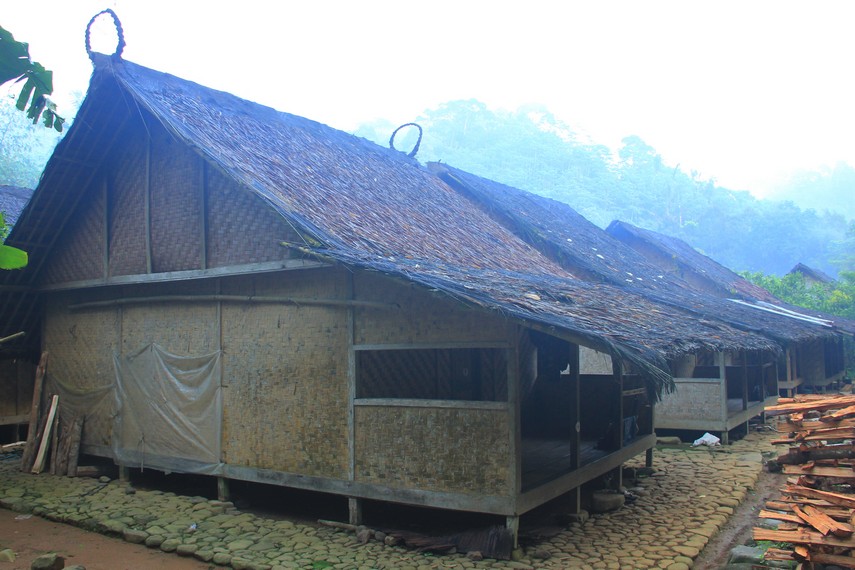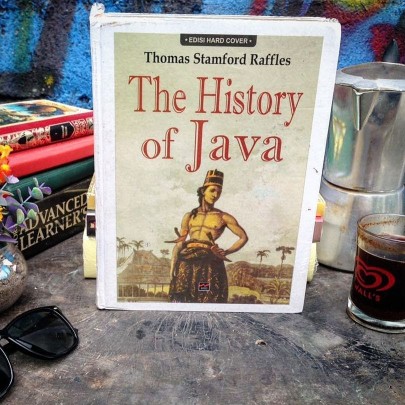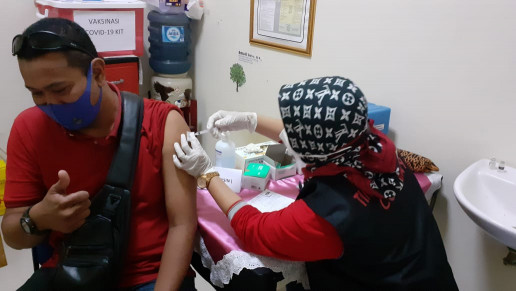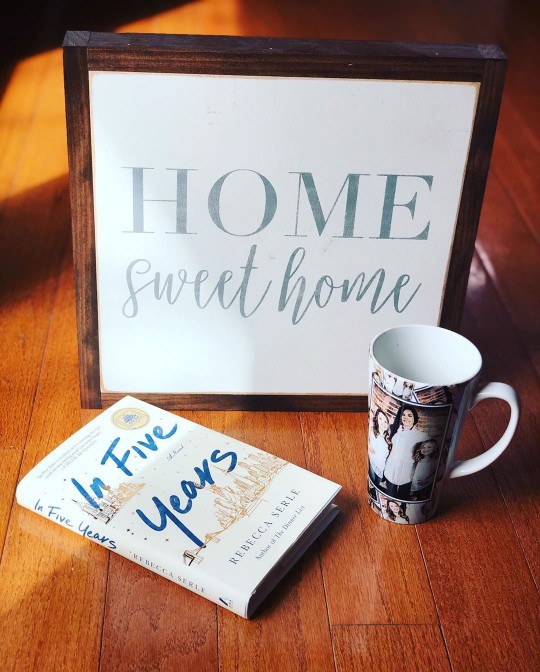javaprivatetour.com – Indonesia, a diverse archipelago with rich cultural traditions, is home to various indigenous communities, each with its own unique way of life. One such community is the Suku Baduy, the original inhabitants of Banten. Deep within the mountains, the Suku Baduy proudly maintain their cultural identity, and a significant aspect of this identity is reflected in their traditional houses known as Sulah Nyanda.
Preserving Cultural Roots
Rumah adat, or traditional houses, are structures that carry the distinctive characteristics of the cultures of Indonesia’s diverse ethnic groups. Suku Baduy, residing in Banten, stands out with their Sulah Nyanda traditional houses. Constructed from locally sourced materials, these houses are a testament to the community’s commitment to preserving their cultural heritage.
The construction of Sulah Nyanda involves a collective effort, a communal undertaking where the community members come together to build using materials derived from nature. Wood, utilized for the foundation, is complemented with river stones or umpak at the base.
[sp_wpcarousel id=”1607″]
Harmony with Nature
One of the unique features of Sulah Nyanda is its construction in harmony with the natural contours of the land. This is a reflection of the customary rules that guide the Suku Baduy, emphasizing the importance of not disrupting the environment while constructing buildings. Consequently, the pillars of the Sulah Nyanda houses vary in height. The weaving of bamboo is employed for the walls and floors, while the roof is crafted from ijuk, dried coconut leaves.
The Sulah Nyanda house is divided into three sections: sosoro (front), tepas (middle), and ipah (rear), each serving specific purposes in accordance with the construction plan.
Functional Spaces
The front section, or sosoro, serves as a reception area for guests, as outsiders are not allowed into the inner sanctum of the house. Additionally, it functions as a space for relaxation and weaving, an essential activity for the women of the community. The front section extends sideways with openings in the floor.
The middle section, tepas, is designated for sleeping and family gatherings. Meanwhile, the rear section, imah, serves as the cooking area and storage space for the harvest. Each room is equipped with openings in the floor, serving as a natural ventilation system, compensating for the absence of windows in Suku Baduy‘s traditional houses.
Preserving Cultural Identity with Java Private Tour
As you immerse yourself in the cultural tapestry of Suku Baduy, Java Private Tour offers a unique opportunity to explore this hidden gem with knowledgeable local guides. Not only are our guides fluent in English, friendly, and well-versed in the local culture, but our flexibility allows us to tailor the experience to your preferences. With certified local guides and a fleet of private vehicles ranging from sedans to tourist buses, Java Private Tour ensures a seamless and enjoyable exploration of Indonesia’s cultural wonders.
Embrace the richness of Suku Baduy’s heritage with Java Private Tour – your gateway to authentic cultural experiences in the heart of Indonesia. BOOK HERE to embark on a journey that goes beyond the ordinary.
You May Also Like
 Untouched by Time: Unraveling the Baduy Tribe’s Hidden Legacy in Indonesia!
Untouched by Time: Unraveling the Baduy Tribe’s Hidden Legacy in Indonesia!
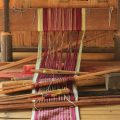 Woven Elegance: Discovering Suku Baduy’s Traditional Textiles Amidst Java’s Rich Cultural Landscape
Woven Elegance: Discovering Suku Baduy’s Traditional Textiles Amidst Java’s Rich Cultural Landscape
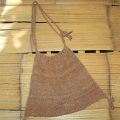 Threads of Tradition: The Artistry Behind Baduy Tribe’s Koja Bags
Threads of Tradition: The Artistry Behind Baduy Tribe’s Koja Bags
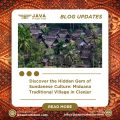 Discover the Hidden Gem of Sundanese Culture: Miduana Traditional Village in Cianjur
Discover the Hidden Gem of Sundanese Culture: Miduana Traditional Village in Cianjur
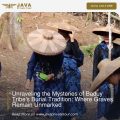 Unraveling the Mysteries of Baduy Tribe’s Burial Tradition: Where Graves Remain Unmarked
Unraveling the Mysteries of Baduy Tribe’s Burial Tradition: Where Graves Remain Unmarked

